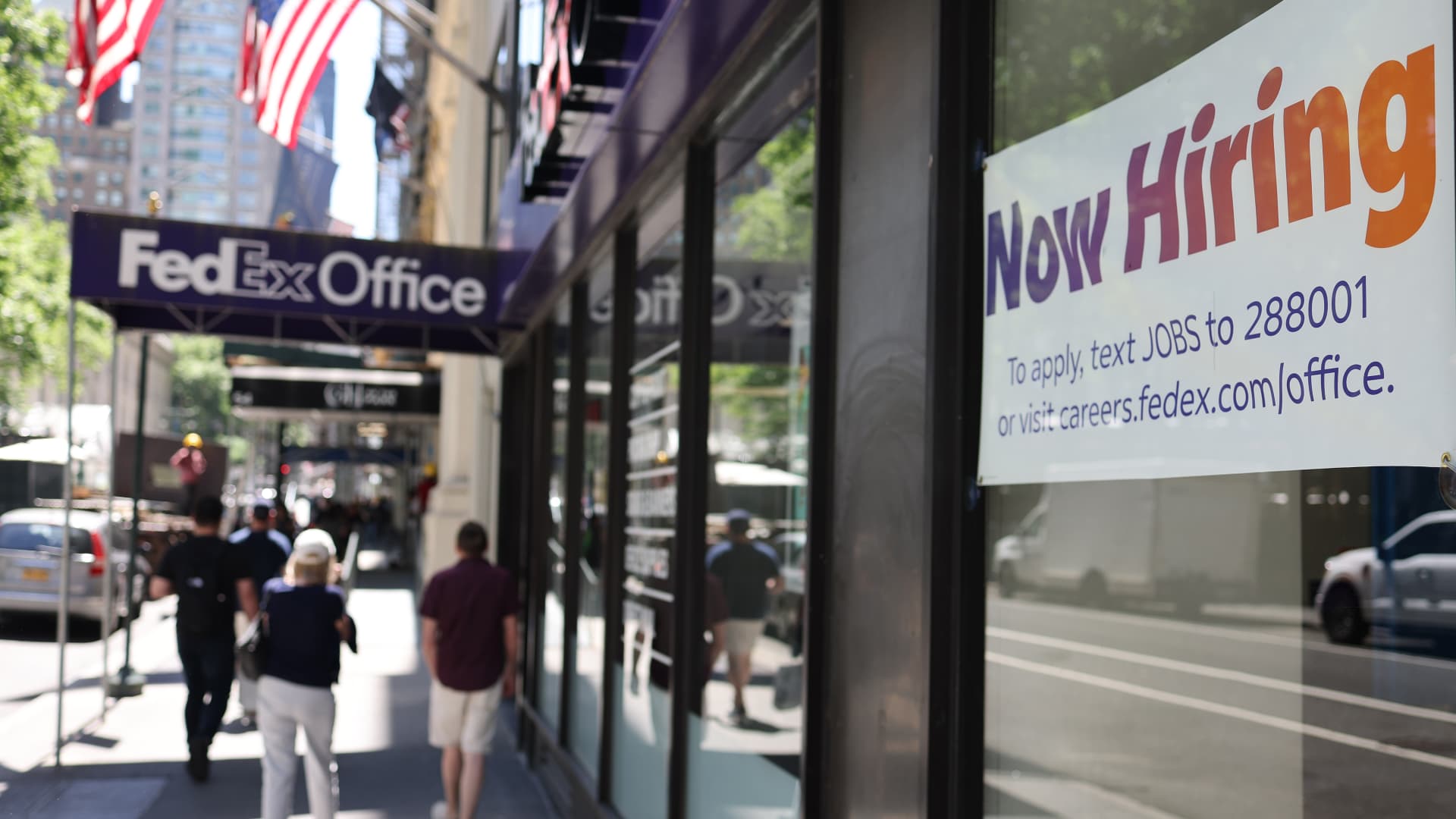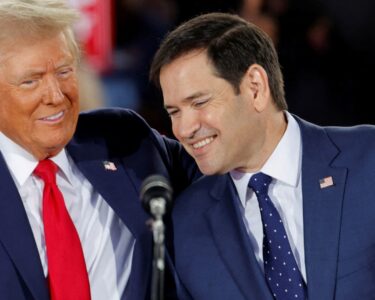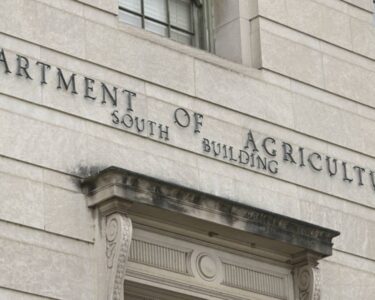Immigration — both authorized and unauthorized — has helped the U.S. job market sustain a fiery run in recent months without reigniting inflation, economists and analysts say. The effect has been a favorable, though uncertain, situation for President Joe Biden ahead of the November election.
A blockbuster May jobs report showed that the U.S. economy added 272,000 jobs last month, well above the Dow Jones’ forecast of 190,000. Meanwhile, the Bureau of Labor Statistics reported last week that consumer prices in May remained unchanged, and even fell slightly on an annual basis.
This dynamic — a heating job market and cooling inflation — is in part the result of increased inflows of immigrants.
“Recent immigrants have flowed disproportionately into the parts of the labor force that were particularly tight in 2022, contributing to labor supply in places where it was most badly needed,” Goldman Sachs analysts wrote in a note to clients in May.
The May jobs report found that government, leisure and hospitality, and health-care sectors saw the most growth.
“The immigration surge poses lots of challenges to communities across the country, but it came at a very fortuitous time to help ease the labor market pressure, when the Fed was working hard to do it by interest rate hikes,” Moody’s Chief Economist Mark Zandi told CNBC.
Typically, a hot labor market walks a tightrope that could easily collapse into reheated inflation.
That is because higher job gains risk depleting the labor supply. This forces businesses to raise wages to compete for workers, which increases producers’ costs and eventually ripples into higher consumer prices and inflation.
But recent spikes in immigration at the southern border and elsewhere in the U.S. have helped keep the labor pool full even as job gains kept apace.
“We’ve seen labor force supply come up quite a bit, through immigration, through recovering participation,” Federal Reserve Chair Jerome Powell said last Wednesday at the central bank’s press conference following its widely expected decision to keep interest rates flat.
Zandi also credited immigration with helping the United States maintain a positive GDP. “It has reduced the need for more rate hikes, and probably has been critical to ensuring that the economy has avoided a recession,” he said.
While Biden’s critics have focused on the high-profile political liabilities of the humanitarian crisis caused by migration spikes at the southern border, the picture that economists paint of immigration is very different.
They say immigrants may be safeguarding the U.S. economic recovery.
In recent years, higher immigration inflows have effectively doubled the number of new jobs the U.S. economy is capable of absorbing every month without overheating, a March analysis from the Brookings Institution found.
Before the pandemic, congressional forecasters predicted that in 2024, the U.S. job market would be able to absorb between 60,000 and 100,000 new jobs a month without triggering an inflation spike.
Based on this model, the 272,000 jobs added to the U.S. economy in May would have set off alarm bells.
But the Brookings researchers recalculated the government’s estimates — this time, factoring in the impact of immigrants on the labor pool. They found that with immigration, the 2024 U.S. job market could safely absorb between 160,000 and 200,000 monthly job gains.
By the Brookings numbers, the May jobs data would still be too hot for comfort and so would the 0.4% monthly increase in average hourly earnings over April.
But the gap between how many jobs are being created and the maximum number the U.S. economy can absorb without triggering inflation is much slimmer than it might have been without recent influxes of immigrants.
Biden cited both the May jobs report and the steady CPI as evidence of what he calls a “great American comeback.”
“On my watch, 15.6 million more Americans have the dignity and respect that comes with a job,” Biden said in a statement on June 7. “Unemployment has been at or below 4% for 30 months — the longest stretch in 50 years.”
It was the latest iteration of Biden’s optimistic campaign pitch to voters about the U.S. economy.
For the White House, this is a critical case for the president to make, part of a broader battle to change perceptions among some Americans that Biden is to blame for the high cost of living.
With November’s election looming, the positive impact that immigration appears to be having on the U.S. economy is largely being drowned out by louder voices on this complex issue.
The one thing everyone agrees upon, however, is that the outcome of the presidential election will bear heavily on border policy and the inflow of U.S. immigrants.
Biden’s recent executive action to increase restrictions on asylum seekers could threaten the economic buoy that immigration is providing. But that policy is still working through implementation glitches and legal challenges, delaying its full impact.
Meanwhile, Republican former President Donald Trump has pledged that if he is elected to another term, he will conduct mass deportations of between 15 and 20 million immigrants who are living in the United States without authorization.
It is difficult to quantify the massive impact Trump’s policy would have on the U.S. economy if it were to survive legal challenges and actually be carried out.
In the short term, however, analysts believe the labor market has recovered enough from the pandemic to weather a potential decline in immigration, though it would still impact U.S. productivity levels.
“With the labor market now back in better balance…moderate fluctuations in immigration should have little impact on aggregate wage growth and inflation,” Goldman Sachs analysts wrote in a May report.
“Immigration levels will, however, continue to mechanically affect the real economy, namely potential job and GDP growth,” they wrote.






